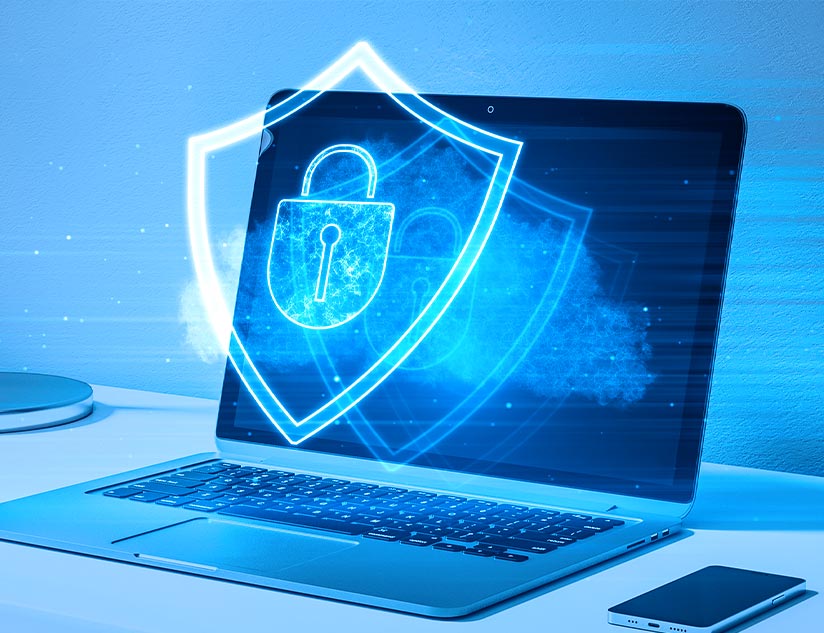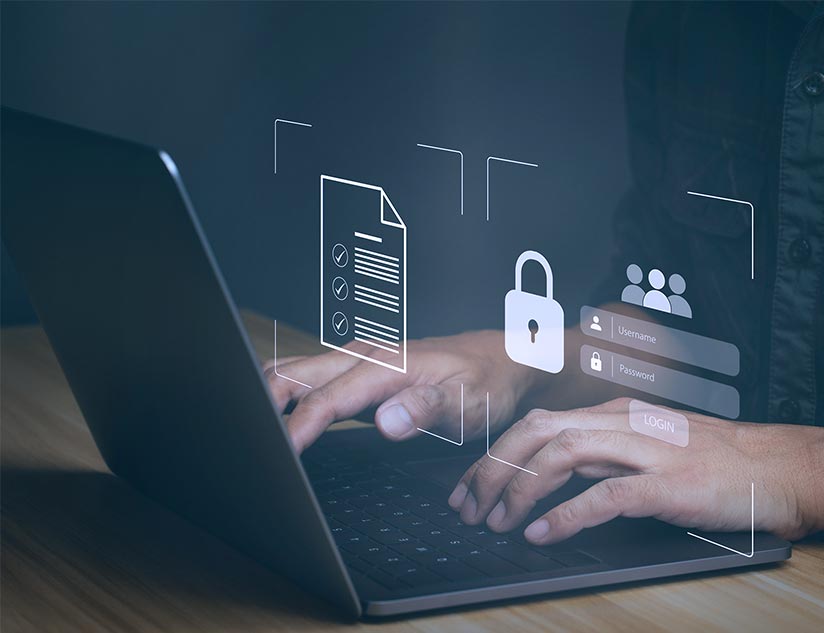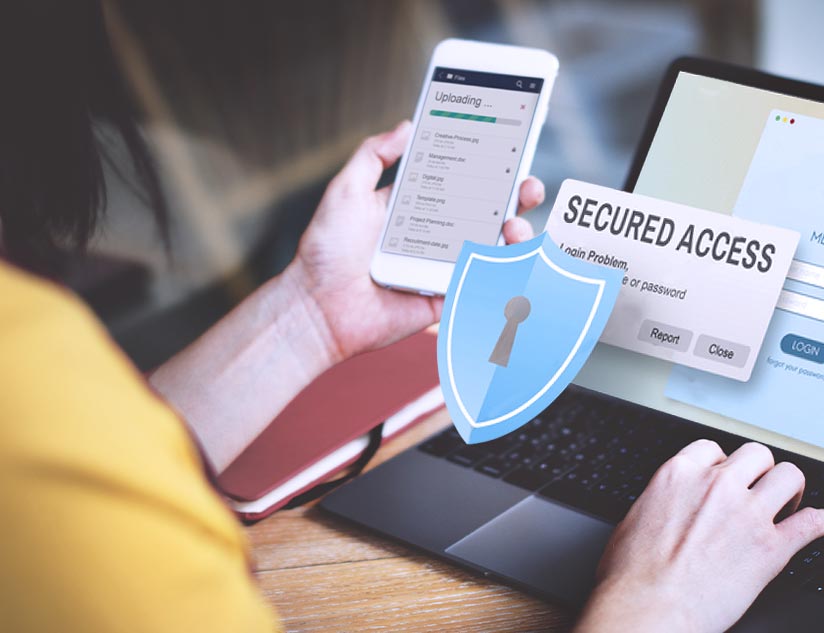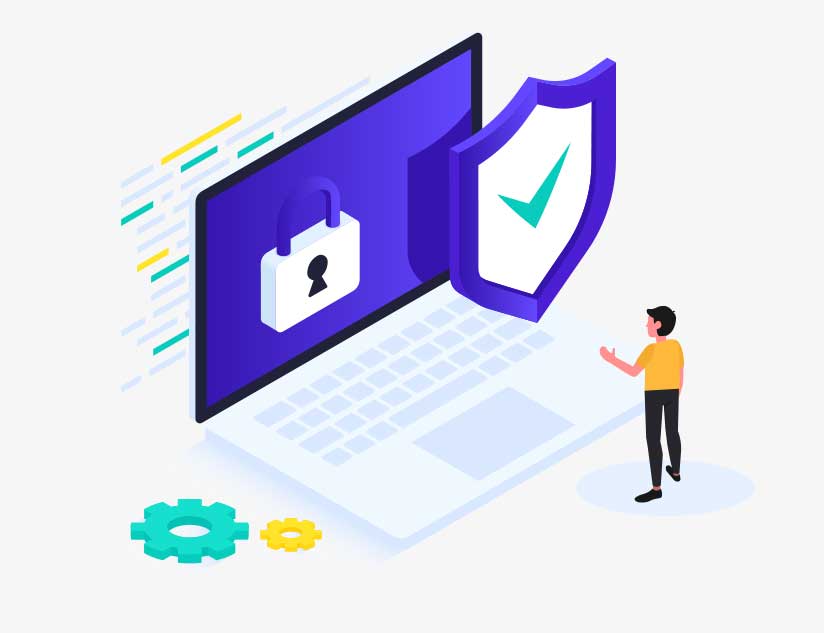The single sign-on (SSO) feature uses advanced integrations to enable the use of just one set of credentials (username and password) to access multiple applications on an LMS. The simple-sounding feature is witnessing massive demand, with the SSO market projected to reach $8.4 billion by 2030. The technology behind the feature is called “identify federation,” which leverages an open authorization framework to allow the sharing of a single set of credentials without exposing them to third parties.
With the deepening penetration of cloud-based LMS, maintaining separate credentials for each platform can add to teacher/admin liability, complexities in access for users of various age groups, and increased instructional time to train each user about distinct passwords. SSO can be a lifesaver, facilitating effortless system security management and simplified usage.
This blog explores the significance of SSO for schools and districts to enhance efficiency and compliance.
Benefits of Using SSO in Education
The education sector comprises a diverse demographic of users. Therefore, system design emphasizes simplified access. Moreover, students and teachers may have to use multiple applications within a single session, and SSO-based user authentication eliminates repeated password prompts. However, user convenience is not the only advantage; there are many others.
Improved Efficiency
Fewer passwords to remember translate into fewer incidents of forgotten passwords. SSO also eliminates the need for and delays associated with signing in again and again to use different apps. Single sign-on allows teachers to focus on knowledge dissemination and students on learning. It is also a viable step to ensuring deeper system-wide integrations, giving edtech a competitive edge and better compatibility with third-party tools. Moreover, an intuitive log elevates user onboarding experience and overall system usability.
Enhanced Security
Single sign-on allows users to adopt strong passwords even if they are difficult to remember, thereby inculcating better password practices. These may include using numbers and symbols or making longer passwords mandatory to enhance security habits. SSO centralizes user authentication, reducing the amount of PII to be protected. Additionally, SSO streamlines permissions management, activity tracking, and behavior mapping, which strengthens the overall security of the system.
Increased Compliance
Streamlined and consolidated data security management simplifies compliance with regulations such as FERPA, COPPA, and GDPR. Schools and districts opt for LMSs with user-friendly, multi-factor authentication (MFA) solutions. For instance, instead of several complex questions, students only need to remember the answer to one. Even better, if it uses an image selection tool that prompts the user to select the “correct” image based on preset criteria, it becomes suitable for younger learners and those with poor typing skills.
Single sign-on integration ensures compliance across digital content and interface touchpoints. Embedded compliance within SSO-powered interoperability-enabled platforms reduces manual (administrator and teacher) effort in enforcing security measures across interfaces.
How to Implement SSO in Education
A recent CheckPoint Research report highlights that the education and research sectors experienced the highest number of cyberattacks so far in 2023, at 2,256 attacks per week per educational organization. This emphasizes the growing need to implement stringent security measures to maintain privacy and compliance within a sector that caters to the most young and vulnerable users.
Therefore, there is a need to choose an SSO solution that:
- Meets regional and national security and compliance needs
- Is integrable into the existing digital learning environment, including the LMS and rostering tools
- Provides seamless experiences for all users and access levels
MagicSync: Unified Authentication Across Applications
In the increasingly digitized and hyperconnected online learning ecosystem, distinct login credentials only add to the manual effort and time required to memorize and reset passwords while expanding the vulnerable surface area in the system. A single sign-on facility can provide an all-in-one solution to streamline log-in and security across rostering, digital content and assessment creation, course authentication, subscription management, and all other activities for educational institutions and edtech organizations. This helps maintain a competitive advantage and stay relevant in the competitive edtech landscape.
Moreover, SSO makes authentication more manageable for students at the elementary level without compromising on multi-factor authentication (MFA) needs. Plus, it helps keep insurance premiums low. MFA, in conjunction with SSO, is a great combination to bolster adoptions at the district and state levels.
MagicSync, an award-winning solution, offers robust identity management, single-click activation, and deactivation facilities, and support for multiple licensing models across diverse applications. Through seamless integrations and embedded compliance standards, it helps drive higher adoptions, thereby improving revenues. API-based integration capabilities via standardized protocols, such as OIDC, oAuth 2.0, SAML 2.0, ADFS, and LTI, make augmenting any existing learning tech stack with SSO a breeze.
Talk to the experts at MagicBox to power your LMS with SSO and enhance efficiency, security, and compliance for your digital education platform.















